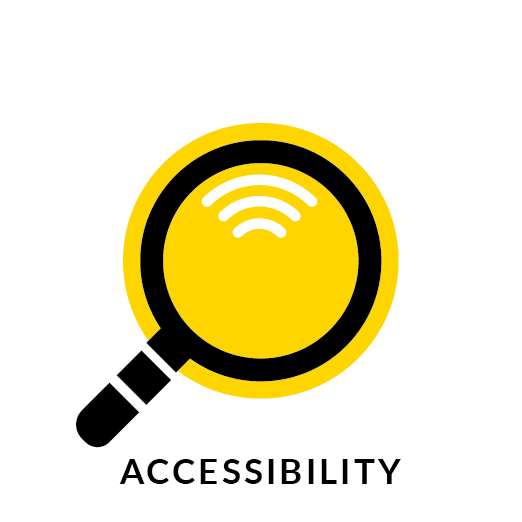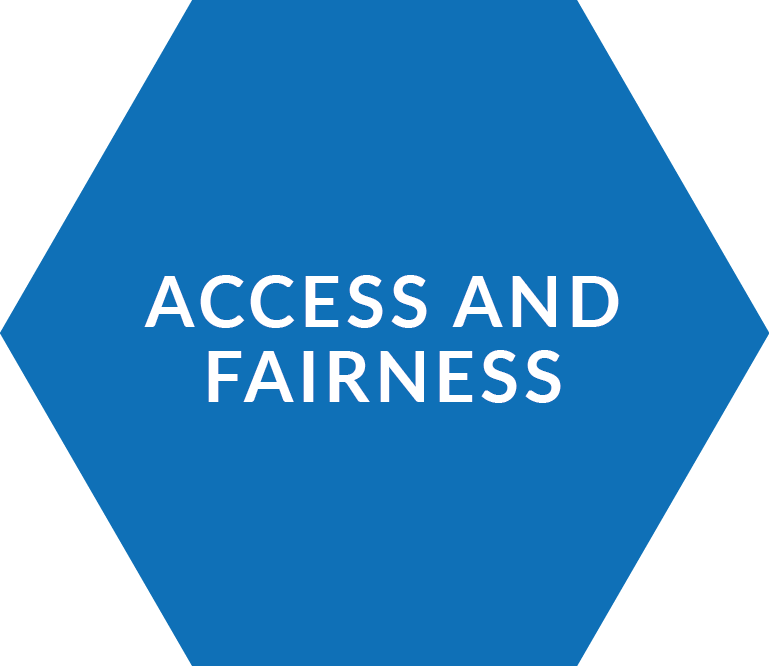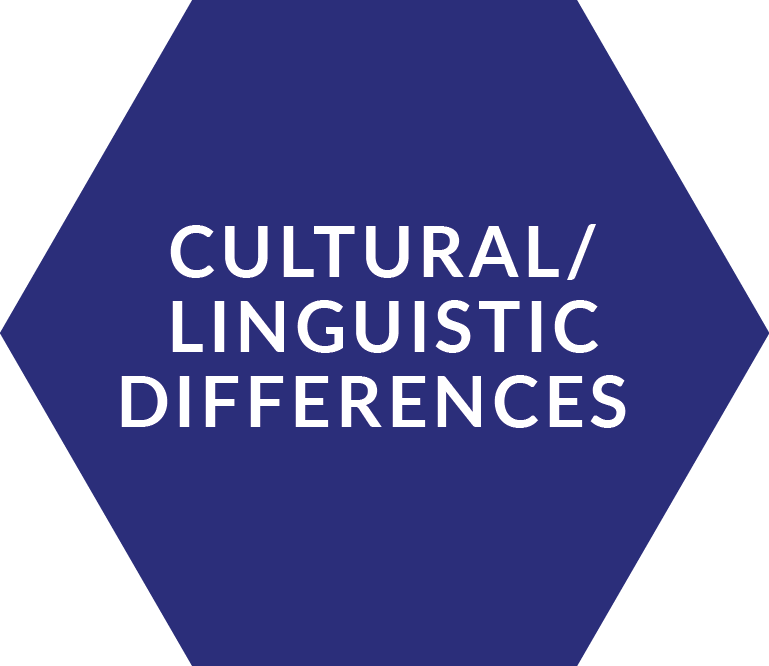The concept of accessibility covers both access to information – i.e. incorporating access principles, such as readability and simple navigation, into the design – and access to physical technology or internet networks that make it possible for any user to engage with the system being created.
Suggestions
- Be inclusive of stakeholders (in the widest definition), of all potential situations of access (different devices, different levels of network connectivity), and of different cultures of practice (different user routines) in technology and design.
Further information
Accessibility is important due to the EU’s general principle of equality. This concept relates to following accepted design principles to enable access to information for the widest possible range of end users, including those, for example, using assistive technology. Designing systems according to accessibility principles, which include readability and simple navigation, can improve the experience of all.
The concept also covers accessibility in terms of access to physical technology or internet networks that make it possible for any user to engage with the system being created. This also covers generational practices that make different forms of technology more or less accessible based on familiarity and experience.
Sources
Web Content Accessibility Guidelines (WCAG) 2.1 W3C Recommendation 5 June 2018 [Link]




